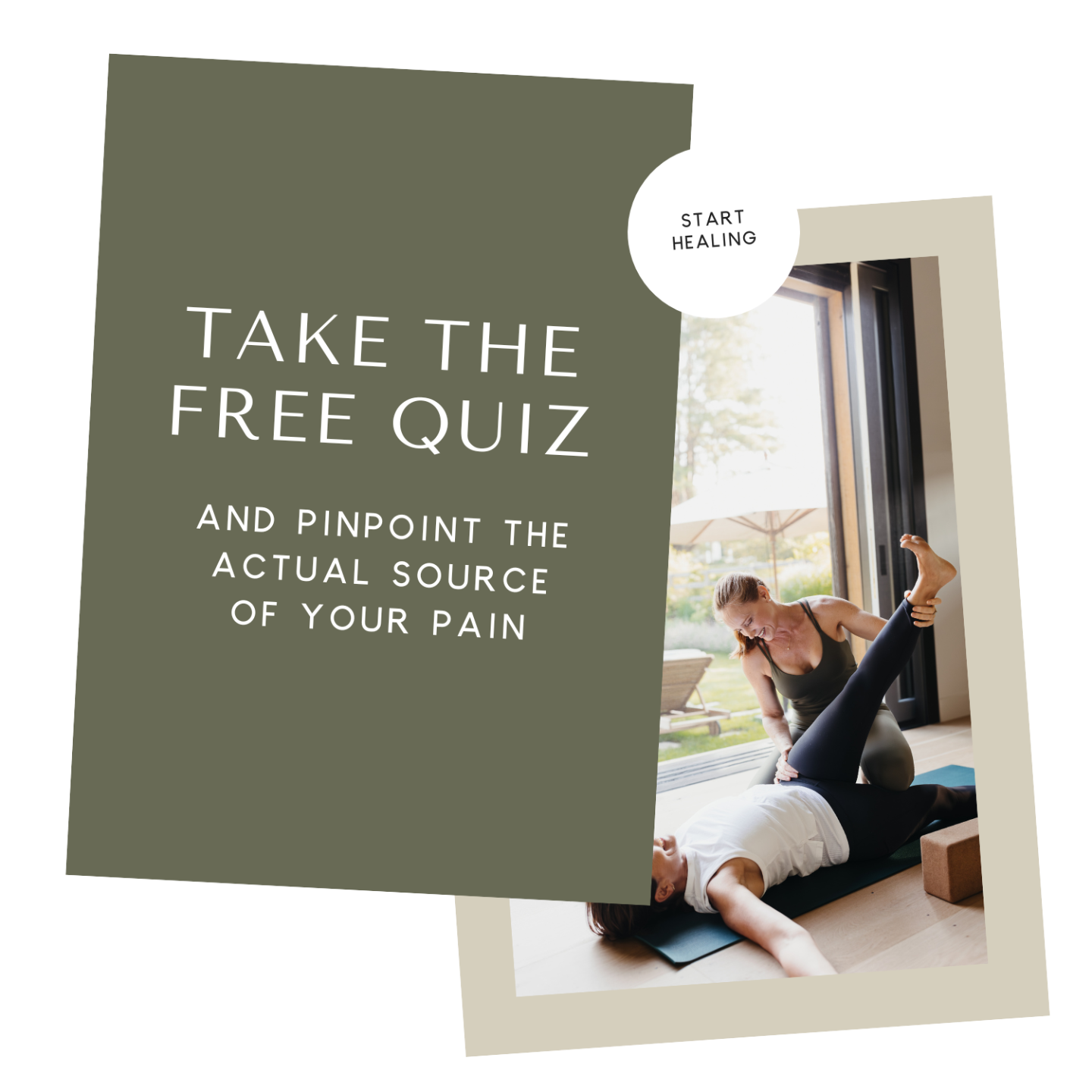How to Support Your Body Immediately After an Injury
Feb 06, 2025
Over the years, I’ve worked with many people in the immediate aftermath of an injury. As many of you know, I train Krav Maga, a highly effective but physically intense self-defense system. While we prioritize safety, accidents do happen. When they do, I’m often the first person on the scene to help. I also get urgent calls from students when they or a loved one experiences an injury.
More often than not, I can help them avoid costly trips to the ER, lengthy doctor visits, and extensive rehabilitation.
When You Need Emergency Care
Before we dive into what you can do for yourself, let’s be clear: some injuries require immediate medical attention. If you suspect a broken bone, internal or external bleeding, a full joint dislocation, or a head injury, get to emergency care immediately.
But if your injury involves muscle spasms, strains, or minor joint misalignments, you may be able to help your body recover quickly using the right approach.
The First Steps After an Injury
If you feel a muscle spasm or a slight joint misalignment, the key is not to move in a way that causes further damage. Instead, follow these steps:
- Pause and Breathe: Stop any movement that increases the pain and focus on controlled, deep breaths.
- Find a Neutral Position: Lying on your back is often the best way to reset your body.
- Replay the Accident: Understanding how the injury happened will help you move in the right way to correct it.
- Move in the Opposite Direction of the Injury: This simple yet effective principle can significantly aid your recovery.
Case Study: Helping a Fellow Krav Maga Practitioner
To illustrate how this works, here’s a recent real-life example. First, let’s hear from the injured person:
"I had an extremely positive experience with Caitilin and have to give her the highest possible rating as a holistic physical therapist. At a recent Krav Maga training class, I hyperextended and strained one of my adductor muscles, leaving me in tremendous pain and barely able to walk. Fortunately, Caitilin was in the same class and came to my assistance. With a few questions and suggested leg movements, she was able to expertly locate the affected muscle group, evaluate the injury, and position me on the mat with specific body alignments and compression techniques. In just 30 minutes, my pain had dramatically decreased, and I was able to walk home." — Rick Turnbull
Here’s my perspective on what happened:
Rick was in visible pain, hobbling to the side of the studio. I asked him to lie on his back, breathe, and describe what happened. He told me he felt sharp pain during an exercise when his legs were required to spread far apart.
His adductor (inner thigh) muscles were in a spasm, which is a crucial signal from the body. If a muscle is in spasm, the worst thing you can do is stretch it. Instead, you need to support the muscle’s natural function and help it return to its normal state.
In this case, because his inner thigh was overstretched, we needed to do the opposite action: contracting the muscle to restore alignment. I had him bend his knees and press them into a yoga block, starting with gentle pressure. As his muscles re-engaged, the fibers began contracting properly, and his pain subsided. After about 20 minutes of this, he was able to get dressed and walk home.
Before he left, he told me he had assumed he would need surgery, and he was amazed to be walking out of class instead.
Recovery and Long-Term Prevention
Later that week, I took ten minutes after class to introduce Rick to yoga blocks and therapy balls to help him safely stretch and rehabilitate his muscles. Here’s how he described his recovery:
“At a follow-up meeting, Caitilin introduced me to yoga blocks and therapy balls to ensure proper stretching and timely healing of the affected muscles.
Contrary to my initial fears, I was back on the mat training in limited capacity in less than a week and was able to resume 95% of full capacity training within 3 weeks.
Caitilin is a highly trained, knowledgeable expert in holistic health and physical therapy and is extremely empathetic and personable. I highly recommend her to anyone looking for an experienced professional to help you heal or learn to condition your body to prevent future injuries. With Gratitude, Rick Turnbull”
From my perspective, I knew that helping Rick understand why the injury happened was just as important as treating it. Most muscle strains occur because the muscle is too tight to handle the movement being asked of it. I taught him how to roll out his inner thighs using therapy balls, giving him the tools to release tight muscles and prevent future injuries.
Key Takeaways for Handling Injuries
I've applied the principles I used to help Rick to a wide range of injuries, including those affecting the neck, shoulders, lower back, hips, knees, and ankles. While some injuries are more complex, the same fundamental rules apply:
- Find Neutral Alignment Before Moving Again: This ensures you’re not reinforcing an injury pattern.
- Move in the Opposite Direction of the Injury: This will help restore natural alignment and prevent further strain.
- Follow Your Body’s Cues: If a muscle is spasming, support it by gently contracting it instead of stretching it.
By understanding these simple yet powerful techniques, you can give your body the best chance to heal quickly and efficiently, often avoiding the need for extensive rehabilitation.

Pain is your body's way of signaling that something needs your attention.
Do you want to know what it is?
This comprehensive self-assessment quiz will help you locate your pain at its source. Immediately begin to heal your anxiety, depression, GI issues, or physical misalignments to be pain-free once and for all.



